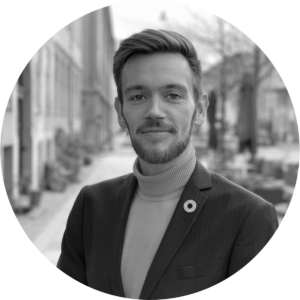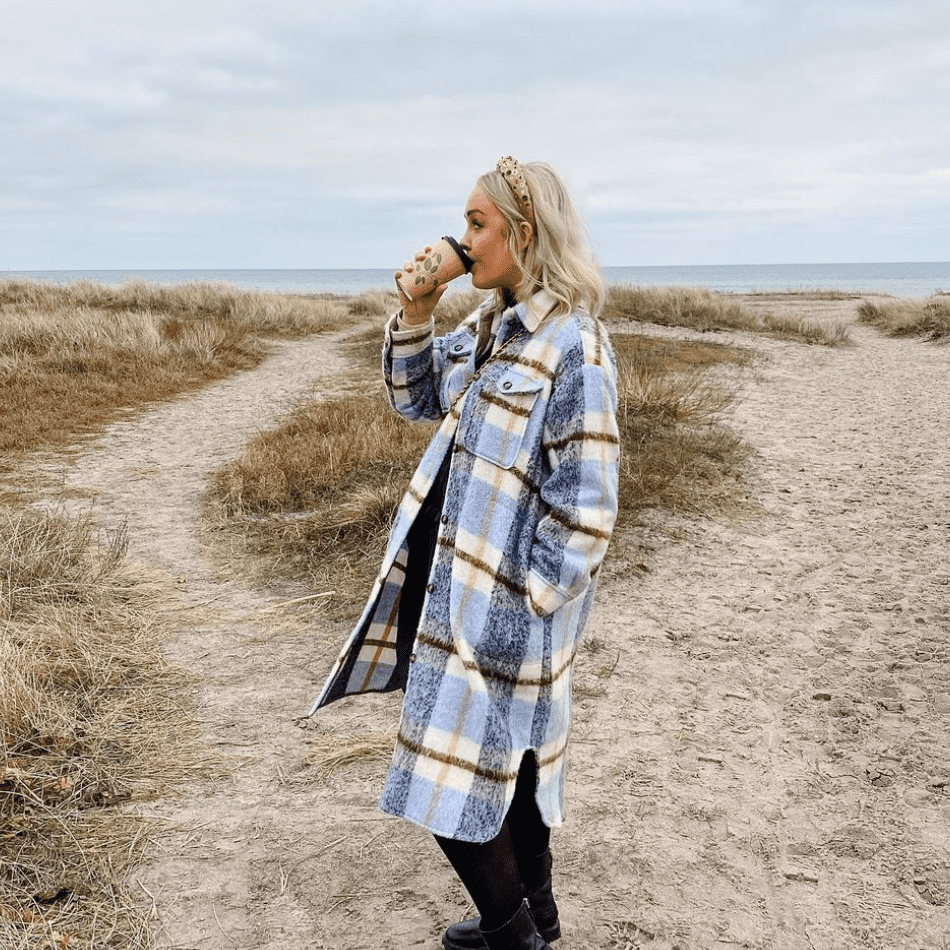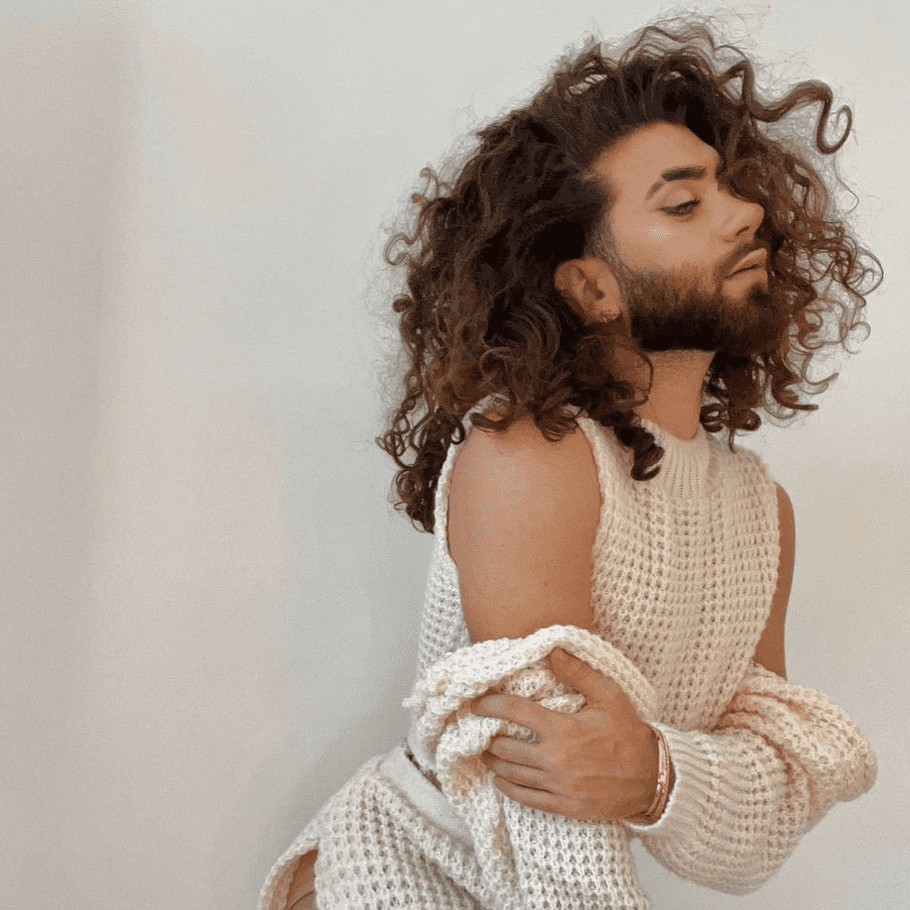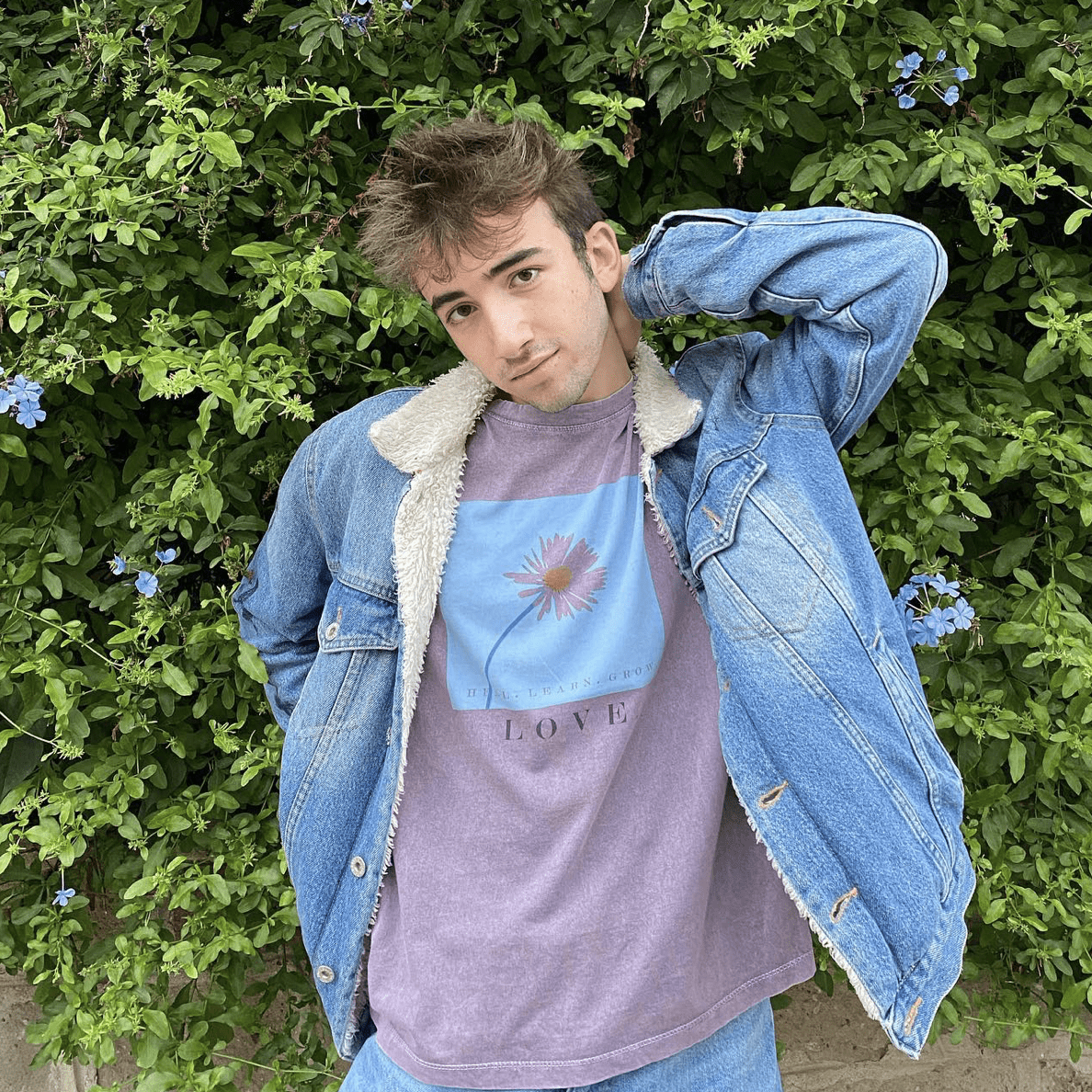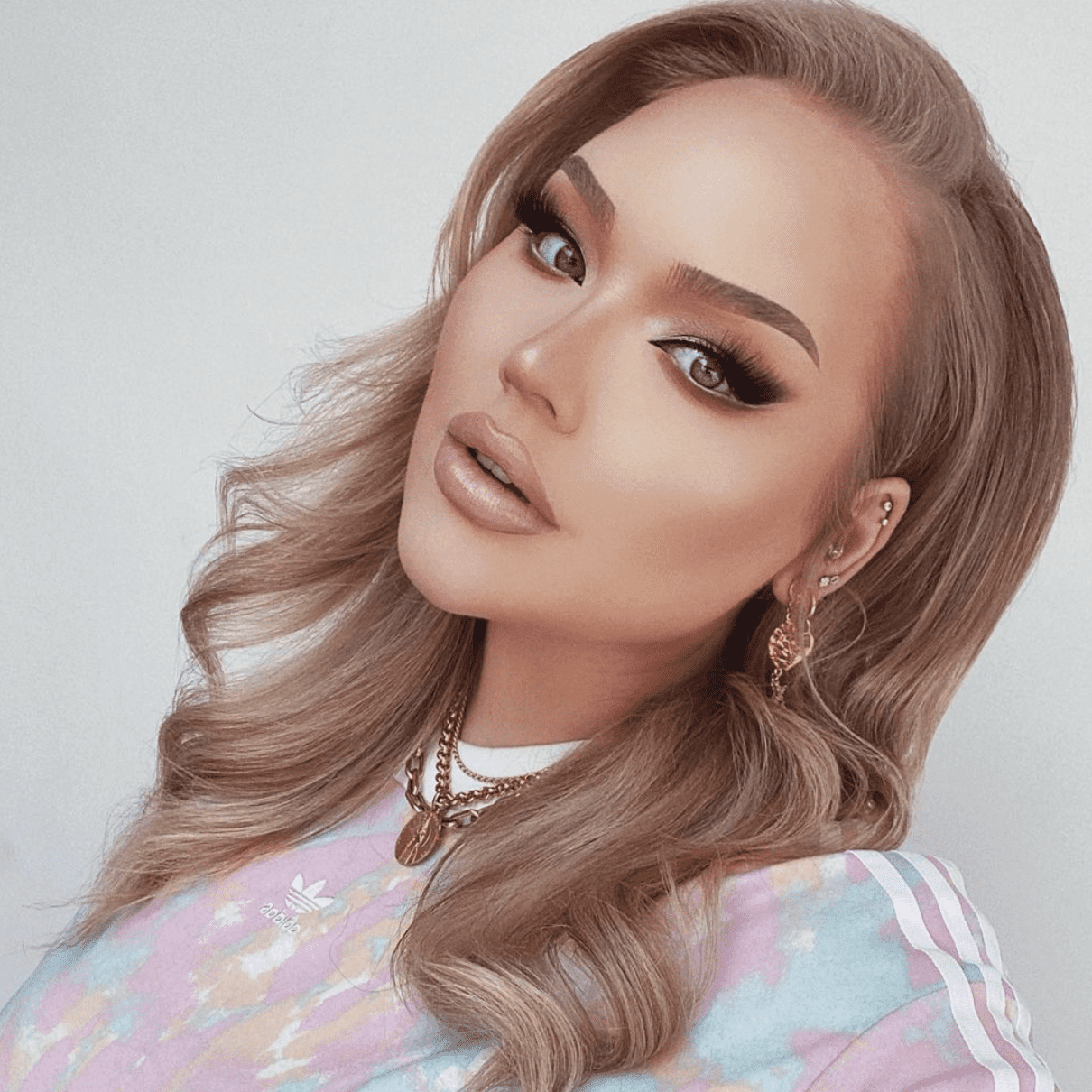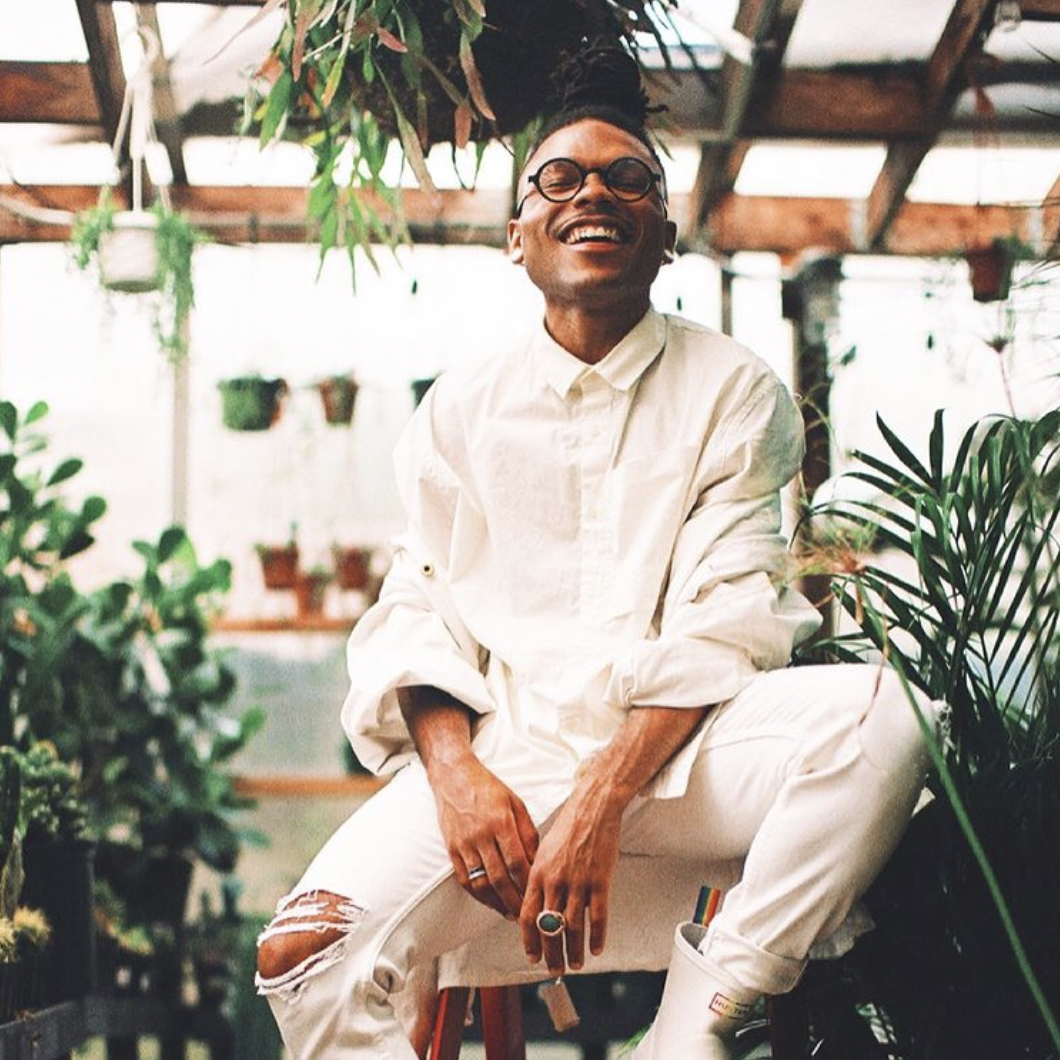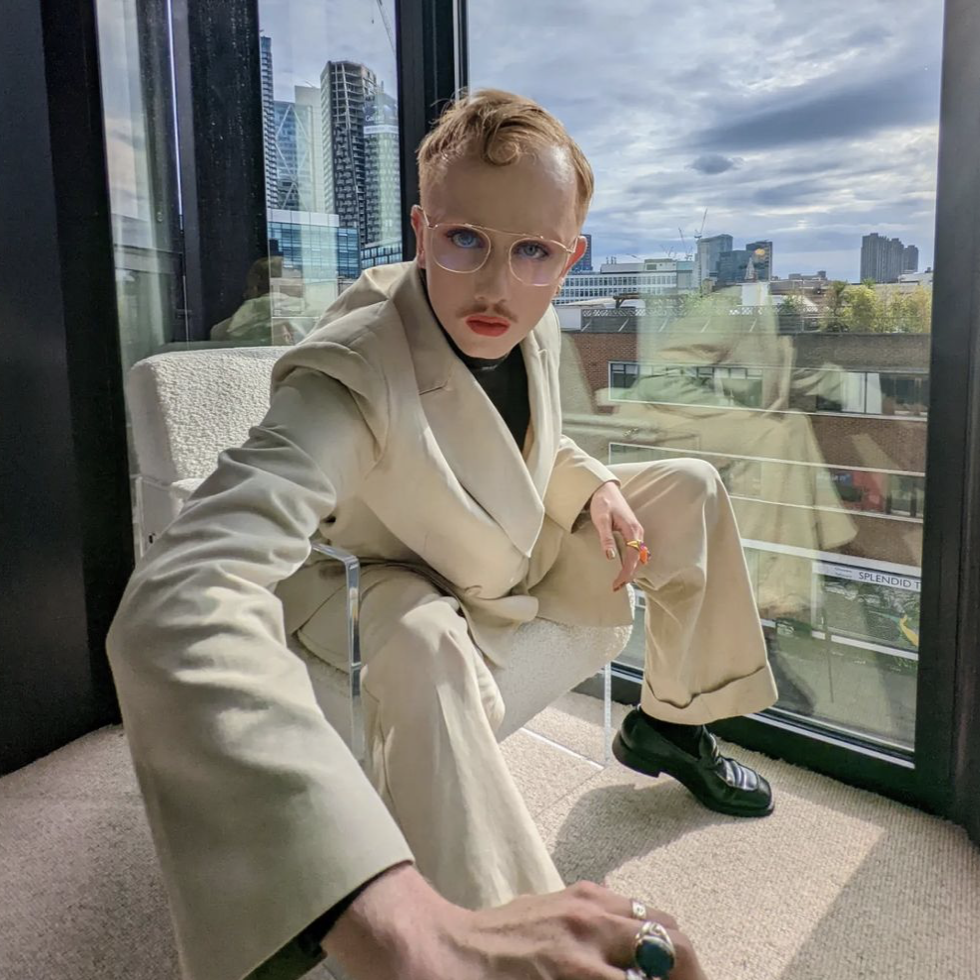Celebrating Pride: authentic marketing & community led branding
LGBTQIA+ influencers and activists are highly influential contacts who have nurtured loyal, trusting, and dedicated audiences. As these activists pioneer to change society, so does the incentive for brands to get involved in the movement. Varying across markets, over the months of June, July, and August, a multitude of campaigns and products are launched by lifestyle brands to celebrate Pride Month. However, consumers are becoming more and more aware of the intentions and actions behind brands; as companies incorporate Pride branding into their campaigns, so does the backlash for those who do so inauthentically, and with no intention of actually supporting the LGBTQIA+ community.
VOCAST has interviewed three incredible industry insiders working in the activist and lifestyle space. They have highlighted the impact and benefits of brands working within the community, and also shared advice and suggestions on how brands should work authentically and effectively with LGBTQIA+ influencers not only during Pride Month but all year round.
Meet Mikko, Benjamin & Charlie
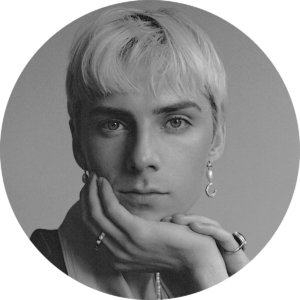
Hailing from the small Finnish town of Muurame, Mikko Puttonen started his career capturing the natural beauty of the lakes and forests around him as well as documenting his personal style. Mikko, who champions fluidity in fashion, “I am extremely excited and proud to be joining Vogue Scandinavia and to be part of their team. To me, fashion and dressing up have always been a way to express myself and have fun.” Mikko’s ethos is to erase the lines of gendered fashion.
Photographer: Lucas Ruska Martin
Benjamin (he/him), Organizational Chair @ Copenhagen Pride
Benjamin has been a part of Copenhagen Pride since 2019, and became organizational chair in 2021. He was the Managing Director of the 45 people secretariat in Happy Copenhagen, who delivered Copenhagen 2021 – WorldPride and EuroGames in August 2021. Besides his volunteer engagement as co-chair of Copenhagen Pride, he now works as CFO of The Danish Refugee Council Youth.
Charlie (she/her), Activist & Author
Charlie Craggs is an award-winning trans activist, author and media personality dubbed ‘the voice of a community’ by Vogue, best known for her national campaign Nail Transphobia, her LAMBDA nominated book To My Trans Sisters and her BBC documentary Transitioning Teens. Charlie has topped the Guardian’s New Radicals list of social innovators in Britain, been the recipient of a Marie Claire Future Shaper Award and fronted global campaigns for brands like The Body Shop, H&M and Selfridges.
Branding & Marketing Strategy During Pride Month
Brands that embrace their uniqueness and understand their powerful position are indispensable for helping communities. Utilizing a brand’s access to markets and large, diverse populations opens the door to creating campaigns that spark interest and encourage conversations through inclusive marketing campaigns. As Benjamin tells us, “using corporate influence to make broader changes is where companies can be truly helpful.”
The LGBTQIA+ community is not only vast, it is loyal. Activists and influencers in the community have the ability to reach audiences who truly trust their opinions because they understand their consumer demands on a highly personal level. Working with activists during Pride Month, as Charlie says, is not only just smart business, it’s the right thing to do. She explains how Pride branding is a recent phenomenon:
« To have global brands coming out now and saying “we’re on your side” and to see them be pro LGBTQIA+ is huge especially when you remember a time when it wasn’t like that. »
Brands can be intimidated during Pride Month, some have been openly critiqued by the community for their branding strategy. When a campaign flops, Charlie says that it is easy to tell that no one from the community has been behind the marketing story. She advises brands to think about the diversity in front of the camera and behind it, understand the diversity within the letters: LGBTQIA, and take a permanent stance on issues. Mikko further explains that branding should always be authentic and that all support is welcome because, with more visibility, we are able to move towards a more inclusive world. He says that Pride is a time when people who are not part of the community can learn something, and by brands participating in the conversation, wider audiences are reached and opinions can be changed. By booking LGBTQIA+ talents, brands bring more opportunities directly to the community. Nevertheless, he says:
« Utilising pride month in brand strategies should never only be about thriving more sales or uplifting the brand image. »
What is the LGBTQIA+ community asking for during Pride Month?
Mikko explains that it is unethical to work with LGTBQIA+ talents only during Pride Month and forget about them for the other 11 months of the year:
« If you really want to support the community, do it all year round and book people for their talent and not just for their sexual orientation or identity. »
Charlie tells us the same thing: “We need you all year, not just for a month”, she says. She feels that pride campaigns, in general, are positive and show that a brand is on the right side of history, but it is much more empowering for the community to see themselves advertised not just for pride, but in any campaign, any time of year. She also explains the importance for brands to not bring in people from the community as an act of tokenism:
« It will be nice when I can do a campaign and it’s not even note-worthy that a trans person was included, thats what will feel equal and that’s the goal. »
A key thought to incorporate during any marketing campaign is that Pride Month and support of the LGBTQIA+ community is multifaceted as its members; there is no one cause to support, but rather a myriad of issues that affect each subgroup differently. Simply focusing on the overarching “rainbow” will often cause individual issues to be overlooked. Understanding the specific areas within the community can often prove more authentic and concrete when intending to lend support for change.
Authentic support is also deeper than marketing and branding. Benjamin explains that Pride branded products themselves are not a problem, “as long as corporations give authentic support to the LGBTQIA+ community and change internal policies”. He says that companies must, at the very least, have corporate policies to ensure that management supports a safe and supportive environment for employees. A brand’s own LGBTQIA+ employees must be supported and involved in a healthy work culture in order to not only be authentic when reaching out to outside communities but to be successful. Mikko also explains that support should be seen in all layers of the company, not just in the end result of a marketing or social media campaign:
« Look at the production teams, PRs, and creative teams. If everyone looks the same, something is wrong. »
What are consumers asking for during Pride Month?
In a time of brand transparency and interest, consumers are much more involved in the companies they choose to buy from. Studies show that over 50% of Millennials, the current largest consumer group, say that they are not only more likely to support a brand after seeing an “equality-themed ad”, but are also more likely to choose them over their competitors. Moreover, that financial incentives continue to grow: the LGBTQ+ community has a combined buying power of $3.7 trillion globally.
Benjamin explains that consumers are demanding more actions from corporations on the theme of equality, as well as other CSR-related themes such as climate and environment. He says that consumers are getting more critical and corporations need to go deeper than just rainbow packaging:
« Consumers have a critical eye on the companies that they buy from, which pressures companies who are rainbow washing. So, companies’ branding has been taken advantage of pride month, but we see a drastic change, where performing rainbow washing will backlash on companies. »
What are the impacts of Rainbow Washing?
Benjamin explains that rainbow washers will profit from symbolic support for the communities without contributing to the LGBTQIA + fight through funding, networking, changing policies, or activism. Rainbow washing has far-reaching impacts. It’s damaging, he tells us, because it misleads well-intentioned people into thinking they’re supporting the LGBTQIA+ community when in reality they’re filling the pockets of greedy corporations. He says that the misuse of the Pride flag has had a watering down effect on Pride as an event:
« In some people’s minds, Pride has become more about brand deals, sponsorships and celebrity appearances, rather than supporting queer voices and raising awareness for LGBTQIA+ issues. »
Moreover, any budget used by corporations to fulfill this often performative branding uses funds that would make a substantial difference otherwise. These funds could be applied to either supporting LGBTQIA+ nonprofits, or simply turned towards improving a company’s own culture and ensuring that their own LGBTQIA+ employees are supported. In other words, it can in fact remove opportunities for authentic allyship. This is not to say that small steps are not significant, research by GLAAD and Proctor & Gamble shows that inclusive media images and advertising lead to greater acceptance and understanding of the LGBTQIA+ community which is still a positive change.
Support vs. Commodification
Mikko tells us that when finding the line between support and commodification, it’s about understanding people as individuals and more than a sexuality or identity. He explains the importance of listening more, and learning more:
« Invest in diversity and inclusion workshops for companies. In my opinion, close-mindedness comes often from a lack of information. »
Benjamin says that when a brand swaps its social media avatar to a rainbow version in June or otherwise shows some support, it has to reflect whether its ads feature the community year-round, whether it hires LGBTQIA+ employees, puts them in leadership positions, and whether the brand actually supports the community with resources and internal policies.
Charlie explains that brands should not create a collection for Pride Month if the profits are not contributing to the community. When defining the difference between support and commodification, she asks brands to remember what Pride Month means:
« It’s not just a celebration and a party. Pride started as a protest, a riot against the police. If you’re going to be monotizing off of that, you need to pay into the community. »
Mikko also encourages brands to find diverse people in the LGTBQIA+ community and listen to them, “you can have a brief but this is the time to give creative freedom” he says. He also advises that brands make sure they have LGBTQIA+ people in their own team or even consult someone, when planning campaigns:
« Being authentic, in my opinion, is the best pride strategy to celebrate the freedom to be who you are with no limits. Selling products shouldn’t be the main goal or focus. »
Marketing Advice
The LGBTQIA+ Influencers
SIGN UP TO OUR NEWSLETTER
Get free knowledge on how to optimize your B2B marketing & new product releases.
RELATED POSTS
The Art of Slow Living: When Thoughtful Choices Redefine Design
With a fast-paced everyday life, the principles of slow living stand in a sharp and perhaps comforting contrast. As the movement progresses, more people are integrating the values of slow living into all areas of their lives – from slow food to slow fashion and slow...
Mastering Sustainable Branding in Interior Design
In recent years, the appeal of trendy marble coffee tables, plush sofas, and finely designed lamps has captivated us all. While the interior design industry often embodies craftsmanship, it also has a less glamorous side: its environmental impact. This reality has...
Beyond the Aesthetic: The Emergence of Stylists as Influencers
In the realm of interior design, stylists, recognized for turning creative visions into captivating editorial and commercial projects, are increasingly emerging as key influencers on social media. The rise of digital platforms has substantially redefined their roles,...

